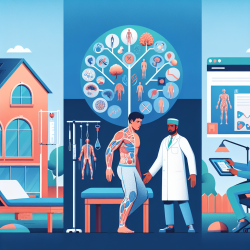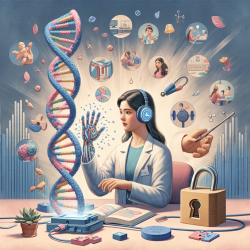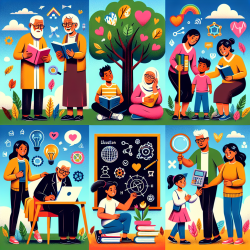Introduction
In an era where disasters are becoming increasingly frequent and severe, the need for convergence in disaster research, policy, and programs is more pressing than ever. The concept of convergence goes beyond mere collaboration; it involves the integration of diverse disciplines, knowledge, and practices to tackle complex societal challenges. The research article “How Do We Actually Do Convergence” for Disaster Resilience? Cases from Australia and the United States provides valuable insights into how convergence can be achieved and its potential to create inclusive, just, and equitable outcomes.
Understanding Convergence
Convergence is not just about working together; it's about breaking down silos and integrating knowledge across disciplines, geographies, and scales. It requires a shift in mindset from traditional multidisciplinary approaches to more holistic, interdisciplinary, and transdisciplinary methods. The research identifies convergence as an ethic, method, and outcome, emphasizing the importance of aligning motivations, methods, and goals to achieve meaningful results.
Case Studies: Convergence in Action
The article presents three case studies that illustrate how convergence can be achieved in different contexts:
- New South Wales, Australia: This case demonstrates how local institutions can achieve inclusive outcomes by engaging with diverse communities. The project adopted a person-centered approach, emphasizing collaboration, accountability, responsiveness, and empowerment (CARE).
- North Carolina, United States: The research highlights the importance of building trust and interdisciplinary understanding in project teams. By adopting a longitudinal study design, the project was able to capture a holistic picture of community resilience and recovery.
- Portland, Oregon, United States: This case underscores the complexity of addressing transdisciplinary issues like seismic and climate risks. It calls for a convergence approach that aligns policies and promotes sustainable energy solutions.
Implementing Convergence: A Path Forward
For practitioners looking to enhance their skills and contribute to disaster resilience, the research offers several key takeaways:
- Adopt an Ethic of Care: Embrace convergence as an ethic that motivates collaboration across diverse disciplines and communities.
- Engage in Inclusive Methods: Develop inclusive research and project methodologies that address the needs and challenges of vulnerable populations.
- Focus on Outcomes: Translate research findings into actionable policies and public initiatives that promote social well-being.
By implementing these strategies, practitioners can play a crucial role in fostering convergence and building resilient communities.
Conclusion
The journey towards achieving convergence in disaster resilience is ongoing, but the potential benefits are immense. By embracing convergence as an ethic, method, and outcome, we can work towards more inclusive, just, and equitable futures. For those interested in delving deeper into the research and its implications, the original paper provides a comprehensive exploration of these themes.
To read the original research paper, please follow this link: “How Do We Actually Do Convergence” for Disaster Resilience? Cases from Australia and the United States.










